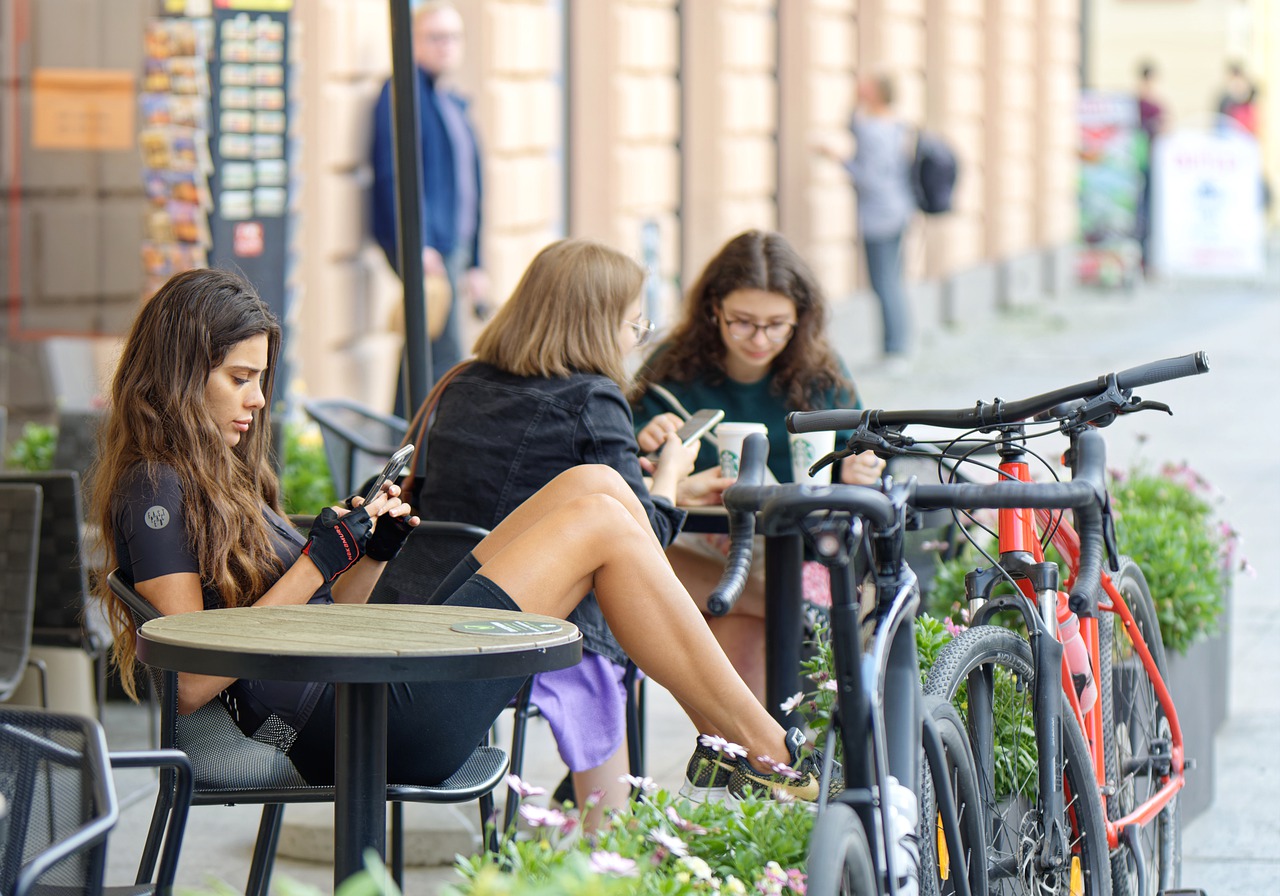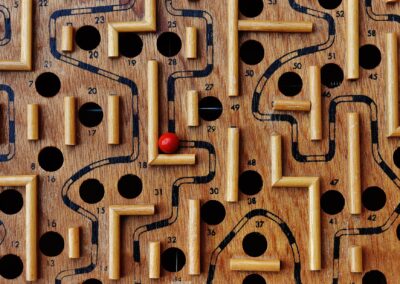In the 1960s and ‘70s, Professor George Gerbner studied the effects of TV exposure on the US audience to investigate how far it could conform and influence people. He didn’t measure any immediate impact but ended in the so called ‘cultivation theory’. He said the TV can shape our perception of reality in the long run, making us desire a world like the one we see on the screen.
The theory originated from a premise: being a monodirectional mass media, TV talks to a passive audience that cannot have any interaction with the message sender. The advent of web 2.0 and social media shifted the paradigm and paved the way to an active user who can navigate, generate and distribute contents, engage in conversations.
Are we really facing active users? Not really.
In principle, users have the opportunity to access a wide range of information (lots more than Gerbner could think of). They could compare multiple news sources and use critical thinking to mature their own ideas. But the truth is, users tend to be even more passive in news consumption and processing. There are two main reasons for this.
First, there are too many online contents and interest in news has fallen sharply – this may also relate to infodemic. Sales and consumption of printed media is declining, and even news sites are plodding. According to Reuters Institute for the Study of Journalism’s latest report, only 1 out of 4 people access news portals or apps directly. The large majority comes to news as reported by social media or while browsing search engines.
“People used to look for news, now we have news looking for people”, told Giulia Balducci, social media manager at Il Post during a recent training. Reuters Institute confirmed 56% of Facebook users stumble upon articles and video reports when using the platform for other purposes.
Users are therefore passive since consuming news while doing something else, so they are not really interested and do not pay too much attention (except for shocking news or clickbait titles, but this is another story).
And there is more. News consumption tends to be accidental, but news doesn’t come from social by chance. Algorithms play a role, selecting contents that are closer and closer to our opinions, habits, desires and even emotions. Users are passive because they are trapped in filter bubbles, where opinions are polarized and dangerously tight to our own beliefs.
The pitfall of misinformation is in ambush. And unfortunately, the idea of an active, conscious user turned into an illusion. Can we change this course?
“We can raise collective awareness and ignite tangible actions to favor good information. However, if we want to improve our news habitat and fight misinformation on a daily basis, we must ask for individual commitment”, wrote Matteo Grandi presenting his book La verità non ci piace abbastanza. “If we want to be really informed, we must become true ctive users: let us seek, doubt, doublecheck”.




